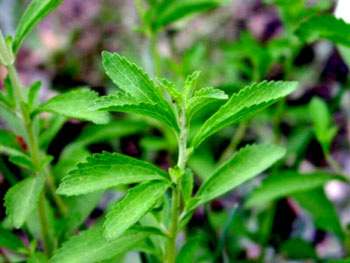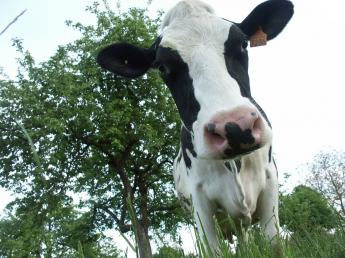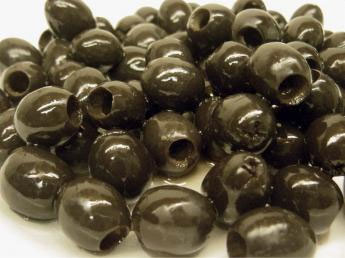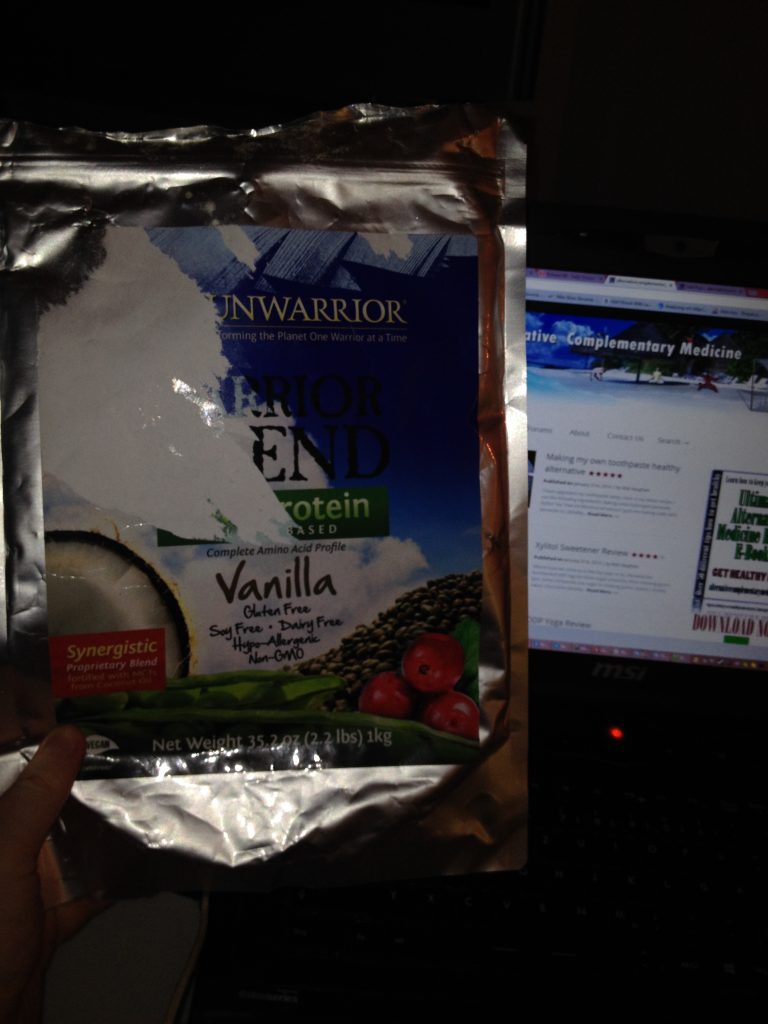The Sweetness of Stevia
Who doesn’t have a sweet tooth? Most of us are aware that refined white sugar can take a toll on our body, but a tempting fudge brownie can easily wipe thoughts of minerals and immune systems out of our mind. Refined white sugar makes it more difficult for our bodies to absorb the minerals and vitamins it needs. The body requires excess B vitamins to metabolize and detoxify sugar. The problem with sugar is that because it is stripped of nutrients, but contains calories, the body does not receive any of the nutrients it needs and expects from food.
Studies have linked sugar with obesity, diabetes and other disorders. Sugar depresses the immune system. Refined white sugar may be converted to saturated fat. Sugar may contribute to candidiasis and aggravate some types of asthma, allergies, and arthritis.
Of course, that sugar is less than wholesome is old news. For this reason, many of us bake goodies using maple syrup, brown rice syrup, and barley malt syrup. The natural foods movement has given us many options to white sugar. For instance, unrefined cane juice, comes from sugar cane, but is less processed so it contains the nutrients that have been removed from white sugar. These sweeteners are good alternatives, however, they all contain calories and they may be healthful for everyone.
The new century has brought us a new sweetener. Not a newly created sweetener, fresh from experimental chemical labs, but a new old sweetener, originally from Paraguay . Used for centuries by South American natives to sweeten tea and for medicinal preparations, stevia, the sweet herb, has finally made its way to North America . This amazing sweet herb is being embraced by health practitioners and health food cooks alike for its many qualities that give it an edge over more traditional sweeteners.
Stevia is incredibly sweet, 30 to 100 times sweeter than sugar. A recipe for cookies sweetened with stevia may call for only 1/4 teaspoon to sweeten the whole batch. Stevia contains no calories. Stevia is a healthful alternative to artificial sweeteners for most diabetics because stevia does not affect blood sugar levels. Sandy Corlett, of the Diabetes Resource Center , says, “stevia is one of two sweeteners that we recommend. It is a much better choice than artificial sweeteners. The other recommended sweetener is called Sweet Balance and it is made from the kiwi fruit.”
The sweetening agent in stevia, called stevioside, does not feed yeasts in the intestines like sugars. All non-chemical sweeteners, even fructose, feed yeasts, which makes even fruit and brown rice syrup off limits to someone suffering from candidiasis, a condition of yeast overgrowth in the intestines.
Although it sounds like stevia may save us all from our detrimental sweet teeth, stevia is not the simplest sweetener to work with. It has a strongly sweet flavor which can quickly overwhelm a recipe. When trying to use stevia to sweeten baked goods like cookies, the recipe must be adjusted for the lack of bulk that stevia adds. Cakes and cookies sweetened with stevia do not brown as much as their sugar-sweetened counterparts. When testing stevia at The Grain & Salt Society, responses to this new sweetener were mixed.
I asked a few “testers” to share their stevia experience.
Cheryl, who does not have any specific health problems but is strongly affected by sugar said, “I am very excited about stevia. I loved the stevia sweetened cookies we tested. I think stevia gives me a good feeling, compared to the highs and lows of white sugar. I think it is going to play a role in my diet, especially for breakfast foods which are often overly sweet.”
Jon, who is in good health though worried about weight gain said, “The stevia cookies were good, but they had a “kool aid” kind of aftertaste. I just think brown sugar is hard to beat, I wouldn’t choose to eat stevia if there was a plate of brown sugar sweetened cookies being offered at the same time.” Jon became more interested in stevia after learning that it has no calories and does not affect blood sugar levels.
Christiana, who is currently on a completely sugar-free diet because of candidiasis, said, “I love stevia. I use the liquid extract in my tea. I think it’s wonderful that even though I have candidiasis and cannot eat any type of sugar or fruit, I can have a little taste of something sweet without affecting my health.”
Nichole, who is a recent wholesome foods convert, said “I think stevia is great. After testing all the sweets made with stevia, I wanted more. When it’s used just right, it can be a great alternative to sugar. I also like that you need to use so little stevia, compared to the cups and pounds you must use of white sugar.”
Investigating stevia, we learned that all stevias are not alike. Stevioside is often extracted using alcohol or chemicals. The extract may then be bleached to make it appear completely white. Look for organic stevia that is unbleached and extracted with a natural water filtration method.
Stevia is available in three forms: liquid extract, powdered extract, and powdered extract combined with a bulking agent, such as maltodextrin. This last form is used to package stevia in small envelopes similar to the packaging of Nutrasweet and Sweet N’ Low. For your recipes, liquid extract and powdered extract work interchangeably.


Although stevia is just beginning to reach the American public, a number of countries have enjoyed its sweetness for decades. Japanese food manufacturers began using stevia in the mid 1970’s. According to Donna Gates in The Stevia Cookbook, by 1988, stevia sweetened products represented approximately 41 percent of the market share of potently sweet substances consumed in Japan . In spite of the fact that it has been used safely for centuries by South American natives, and for over twenty years in Japan , stevia cannot be sold in the U.S. as a sweetener. Stevia is currently available as a dietary supplement, but no information about its sweetening abilities will be found on its label.
If you are interested in experimenting with stevia, you may choose to begin by using the recipe on the back page as a guide. Substitute raisins or chocolate chips for nuts. As you begin to widen your stevia repertoire, the cookbook Baking with Stevia, by Rita DePuydt may be of help. Suggestions from seasoned stevia bakers include:
1. whisking stevia into egg whites before adding to a cake batter helps to get good volume and crumbly texture;
2. one cup of sugar can be replaced by 1/4 to ½ teaspoon stevia, but adjustments will be needed to replace the bulk of sugar – applesauce can be used to replace some of this bulk;
3. flavors such as lemon and vanilla help to ameliorate the sometimes sharply sweet characteristic of stevia;
4. for blender drinks, sauces, creams, and puddings, add the stevia in the beginning because adding it later may cause thinning;
5. very small amounts of stevia may be used to sweeten salad dressings and dinner sauces, measure a dab of stevia with a toothpick!
References Gates, D. and Sahelian, R., M.D. The Stevia Cookbook. Garden City Park , NY . Avery Publishing Group, 1999.
Elkins, R. Stevia: Nature’s Sweetener. Pleasant Grove, UT. Woodland Publishing, 1997.
DePuydt, R. Baking with Stevia. Oak View, CA. Sun Coast Enterprises, 1998.
Source: Curezone




